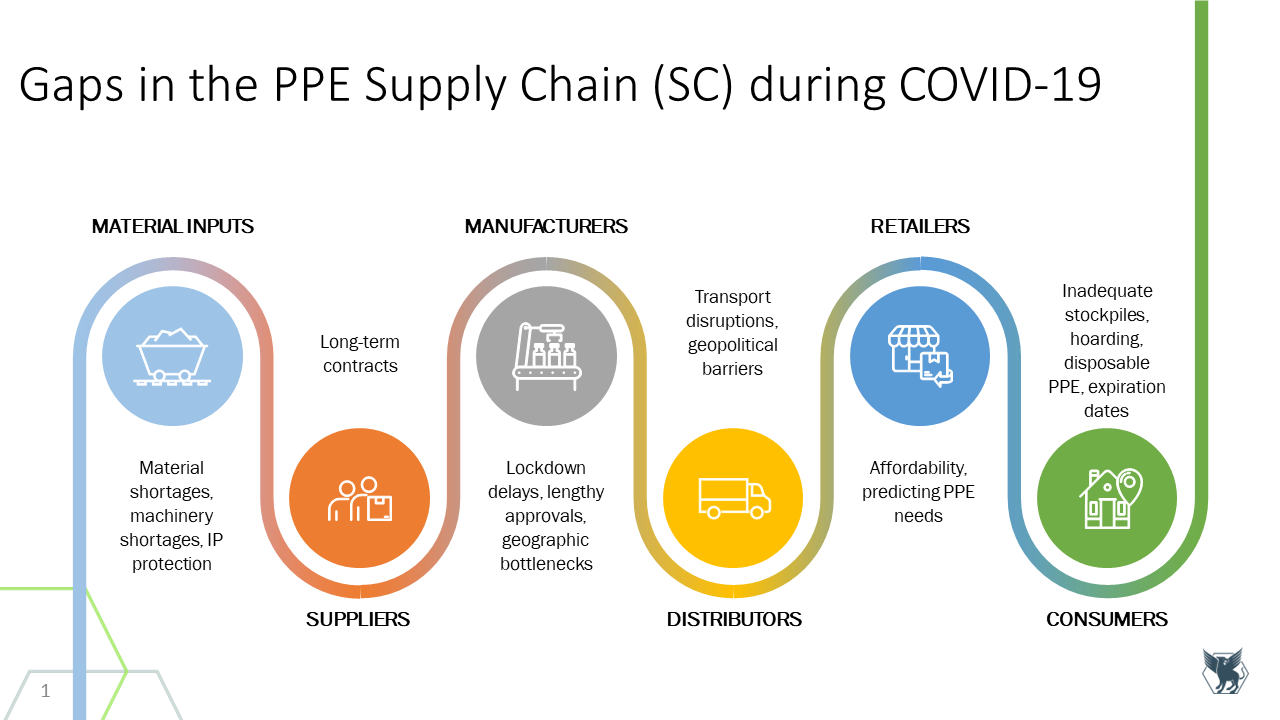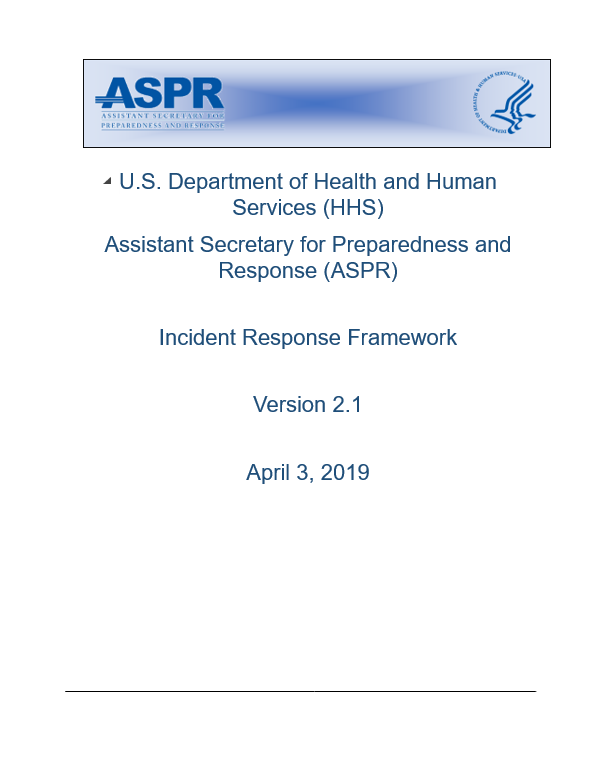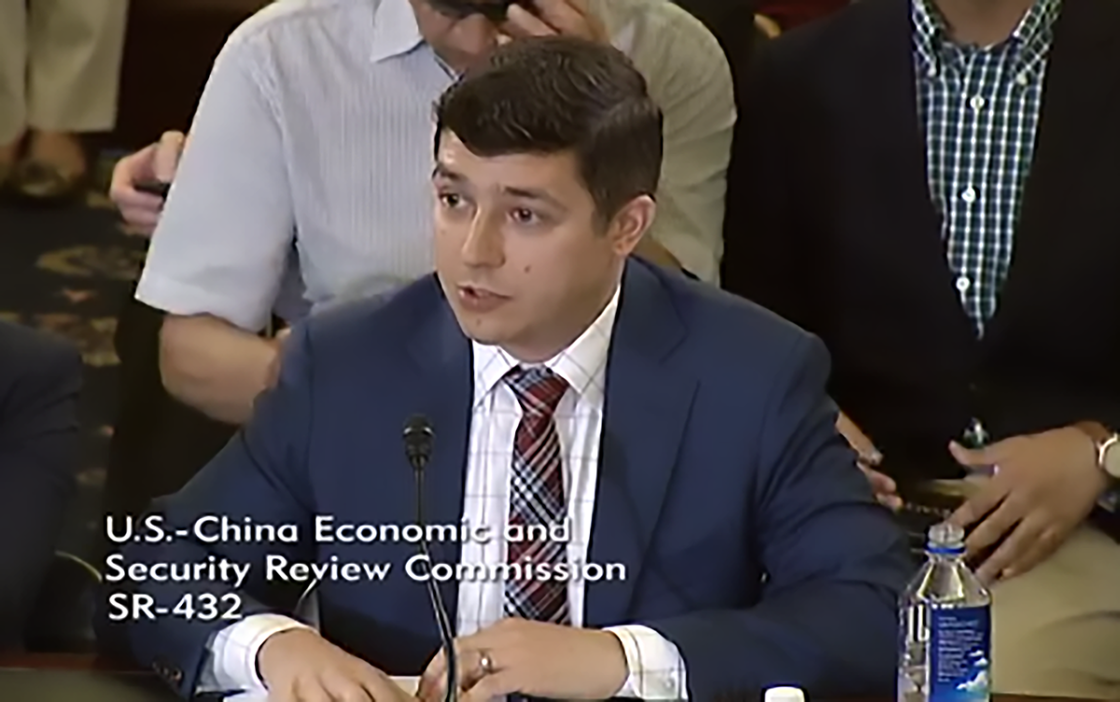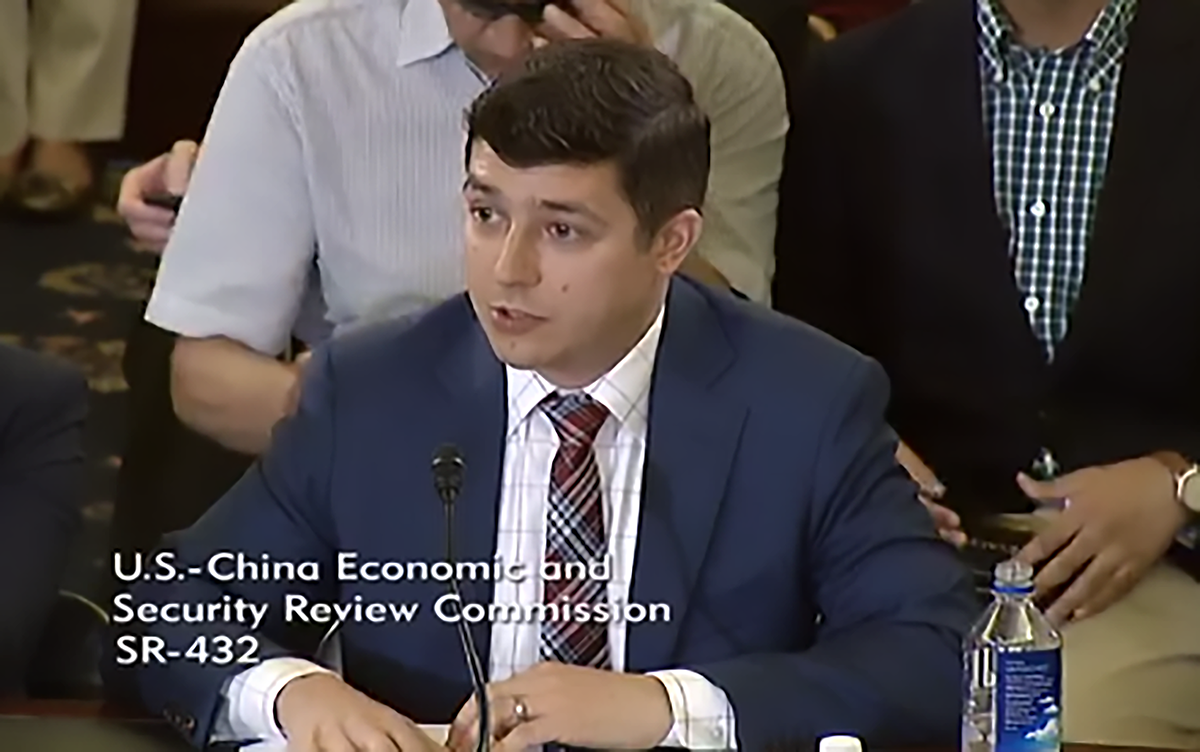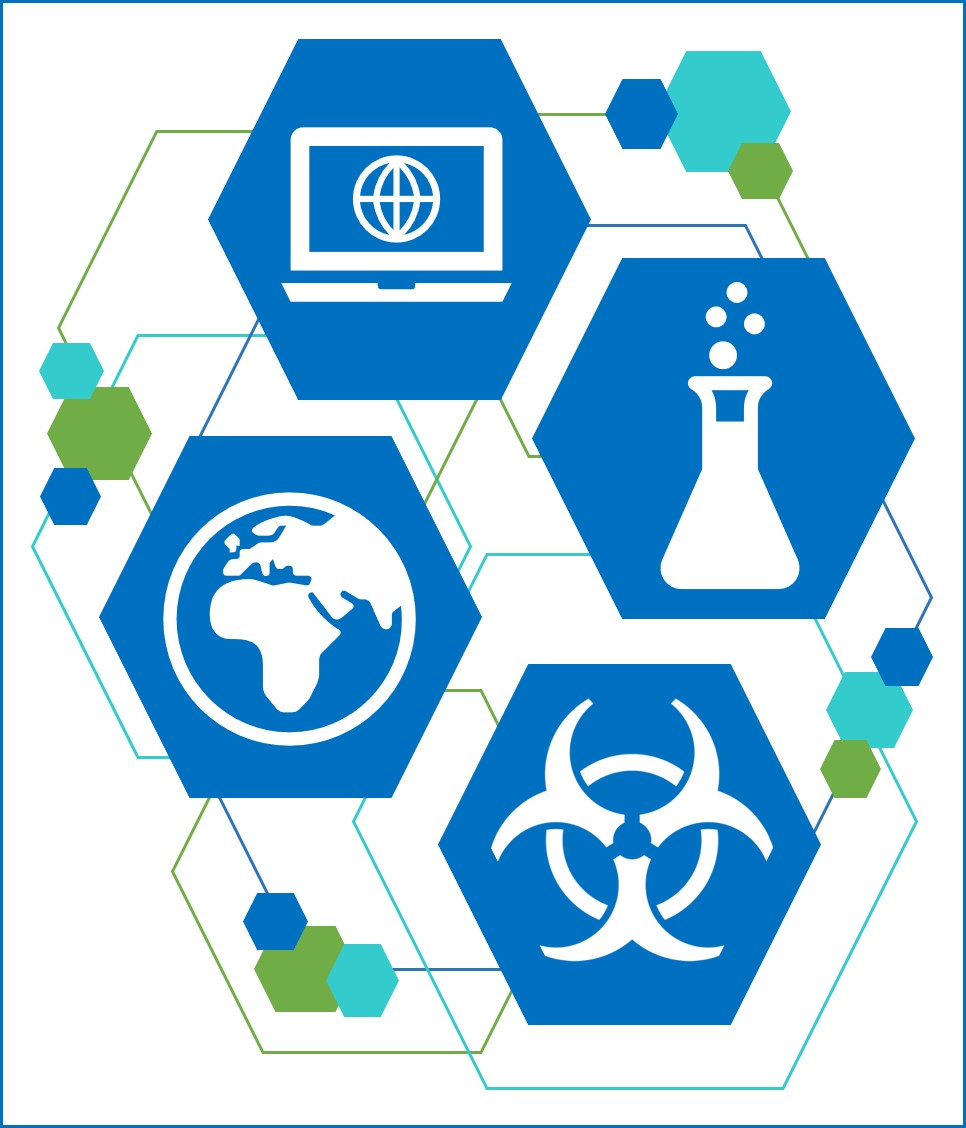Gryphon Scientific Characterizes Private-Sector Research on Human Pathogens in the US

Improperly protected human pathogen research poses risks to human health and wellbeing through laboratory accidents and the malicious misuse of laboratory materials or information. A patchwork of US government policies serves to manage these risks, but private non-profit and for-profit performers of human pathogen research are subject to less oversight than government or academic research performers. To support informed decisions about regulation, we estimated the size, nature, and oversight capacities of the US private sector in human pathogen research by using data from multiple sources. Overall, we estimate that about one quarter of human pathogen research performed in the United States occurs in the private sector. To learn more, check out the final report and a TIME article co-authored by Gryphon’s Dan Greene below.
-
- REPORT: Characterizing Private-Sector Research on Human Pathogens in the United States
- TIME ARTICLE | The Danger of ‘Invisible’ Biolabs Across the U.S.
- CLIENT | Open Philanthropy Project
- GRYPHON STAFF | Dr. Rocco Casagrande, Dan Greene, Audrey Cerles, Landy Sun, Navin de Silva, Alyssa Brookhart, Audrey Tombaugh, Sean Hobbs



